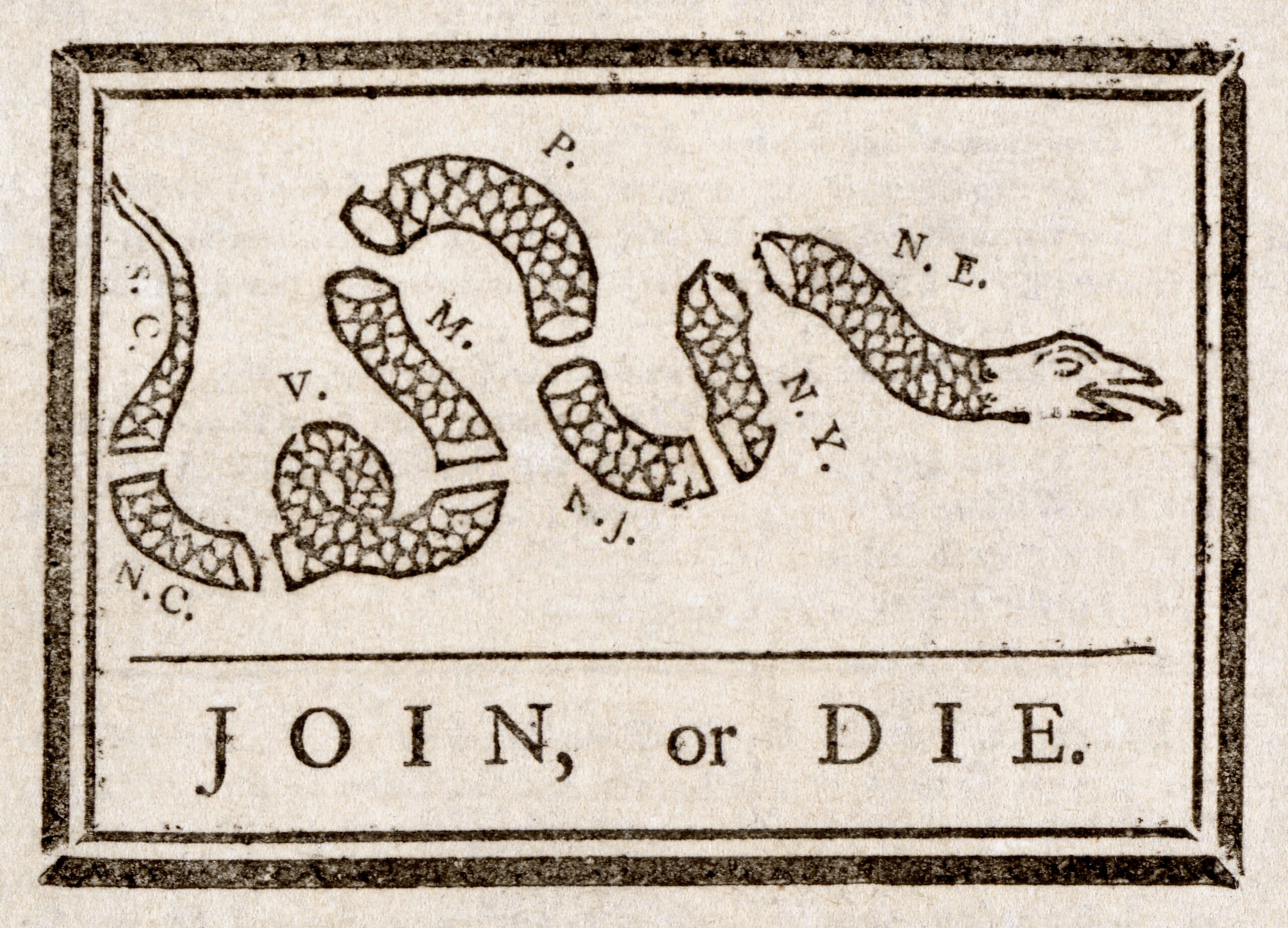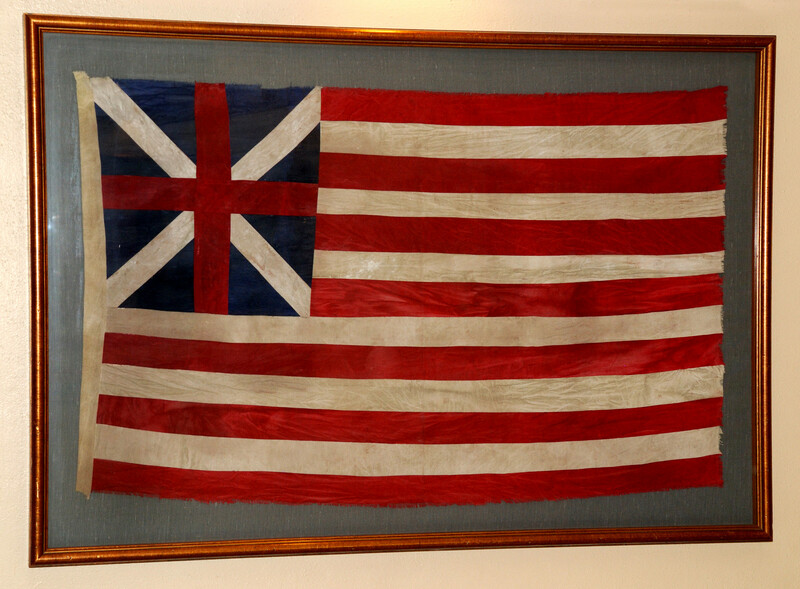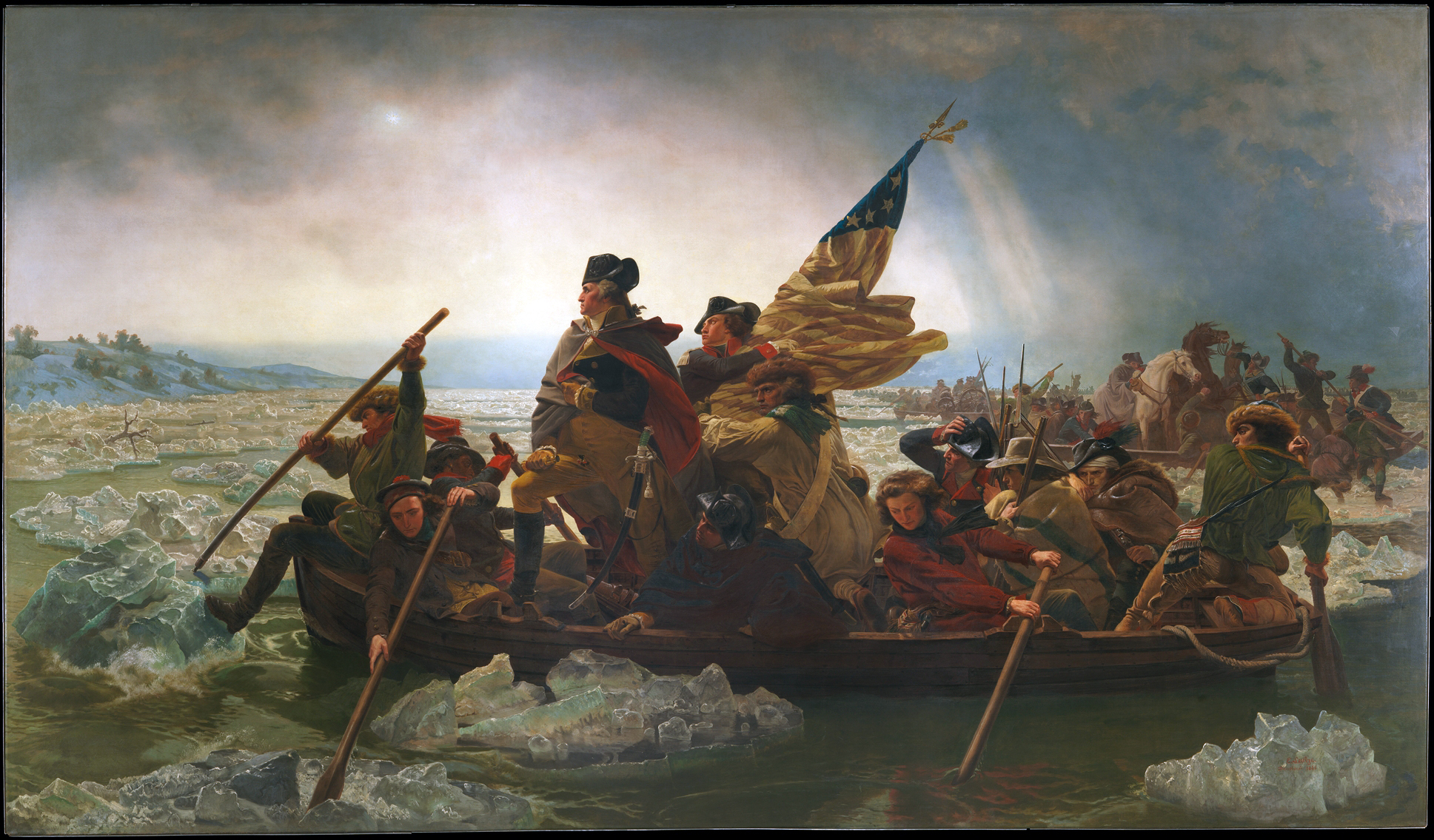“We fight, get beat, rise, and fight again.” Nathanael Greene: The General Who Won the Revolution in South Carolina
By Stacy Ferguson
The American Revolution was a crucible that forged timeless leaders from ordinary men. We love to read about, study, analyze, and debate about the men who were born into affluence and influence—Washington, Hancock, and Lafayette, amongst others, have an important role in history. Equally important and much more impressive, in my opinion, are the ordinary men who achieved greatness from relative obscurity.
Nathanael Greene was a Quaker from Rhode Island who worked in his family’s foundry business leading up to the war. As the American colonies’ relationship with Mother Britain soured, Greene helped to establish a militia unit called the Kentish Guards. However, he was snubbed for a leadership role—it was thought that Greene’s prominent limp made him unsuitable to lead men into battle as a lieutenant. This did not deter him from serving; he shucked the public embarrassment and joined the unit as a private soldier.
He was not a Private for long. The Rhode Island Assembly soon appointed him as a Brigadier General in the regular army and sent him to take command of Boston after the British retreated from the city. He saw successes and failures in battle in New York, New Jersey, and Pennsylvania and became one of Washington’s most trusted generals.
It was Washington’s confidence in Greene’s abilities that led him to appoint Greene as Quartermaster General of the Army. This was not a glamorous appointment, and Greene did not relish the opportunity; however, it was crucial to the Army’s continued capability to fight. Greene attacked his duties with as much fervor as he did as a field commander. His ability to equip the army was hindered by the relative worthlessness of Continental money and Congress’s squabbling and slow action. Nevertheless, Greene kept the Army equipped enough to keep them in the fight and further bolster Washington’s trust.
In December 1779, the British renewed their efforts to reconquer the South by sending Generals Henry Clinton and Charles Cornwallis and more than 13,500 soldiers to foment division between loyalist and patriot citizens. After a three-month siege of Charleston, the Americans under General Benjamin Lincoln surrendered—5,000 soldiers, the entirety of the Continental Army in the South.
In August 1780, disaster struck again. General Horatio Gates, then commander of the Southern Campaign, suffered a humiliating and total defeat to General Cornwallis at Camden, South Carolina, destroying the Southern army (again) and leading to Gates’ removal as commander. Washington appointed Greene to take over for Gates. Before departing for the South, Greene discussed his intended strategy with Washington. Greene would use his “flying army” to goad the British Army into action all over the south, breaking British supply lines and dividing up their Army whenever possible.
His tactic worked. Greene and his second in command, Daniel Morgan, split up, and the British followed suit. From the time he arrived in the South in December 1780, the following year saw over 170 battles and skirmishes throughout South Carolina alone. Greene’s strategy of dividing up the British forces, cutting off their supply lines, and racking up British casualties wore down the enemy’s ability to sustain the fight in America, leading to Cornwallis’s eventual surrender at Yorktown.
Nathanael Greene said something that unequivocally embodies the Americans’ fighting spirit during the Revolution: “We fight, get beat, rise, and fight again.” Greene understood that a battlefield victory and a tactical victory were not always the same. What mattered most was continuously harassing the British Army, bleeding their supply lines and picking off their soldiers, thereby chipping away at their combat effectiveness. Some historians say that the American Revolution was won in South Carolina thanks to Nathanael Greene’s brilliant strategy, which was pretty impressive for a man who started the war as a private with no military experience.
Stacey Ferguson is the Operations Manager at the Historic Camden Foundation in Camden, South Carolina, a retired Air Force officer, and a Nathanael Greene superfan.








